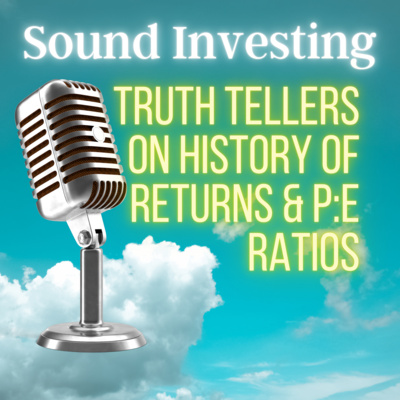
# Paul Merriman’s 4-Fund Investment Strategy That Surpasses the S&P 500
Paul Merriman is a prominent financial educator, author, and proponent of low-cost, diversified, long-term investing. One of his key recommendations is the **4-Fund Investment Strategy**, a straightforward yet powerful portfolio aimed at enhancing investment returns while mitigating risk. Research conducted on historical data, alongside Merriman’s insights, suggests that this strategy has the capacity to outperform the S&P 500 over an extended period. This article will outline the **4-Fund Investment Strategy**, clarify its effectiveness, and compare it with the S&P 500.
## Who Is Paul Merriman?
Before delving into the strategy itself, it’s crucial to grasp who Paul Merriman is and why his guidance is noteworthy. Merriman established Merriman Wealth Management, a firm based in Seattle, although he retired from this firm in 2012. His focus has shifted to educating the public on investment fundamentals, emphasizing evidence-based, passive indexing strategies.
Merriman champions broad asset diversification and highlights the importance of low-cost index funds or exchange-traded funds (ETFs). His objective is to assist everyday investors, retirees, and financial advisors in constructing comprehensive portfolios that optimize returns while reducing unnecessary complexity.
## Components of the 4-Fund Strategy
At the heart of Merriman’s 4-Fund Strategy is the division of equity investments across various segments of the U.S. stock market. The four funds, or asset classes, within this strategy include:
1. **U.S. Large Cap Value**
2. **U.S. Small Cap Value**
3. **U.S. Large Cap Blend**
4. **U.S. Small Cap Blend**
Let’s examine each of these components:
### 1. U.S. Large Cap Value
Large cap value stocks are associated with established, large-market-cap companies. These companies are financially robust and typically trade at lower prices relative to their book values. The emphasis on value stocks stems from the historical trend of their outperformance compared to growth stocks over extended periods.
### 2. U.S. Small Cap Value
Small cap stocks represent companies with lower market capitalizations. Typically, these are less established firms that tend to present higher risks but also offer greater growth potential. Specifically, small-cap value stocks exhibit a higher potential for returns because they are usually undervalued and have considerable growth opportunities. Merriman places particular importance on this asset class due to its strong historical performance.
### 3. U.S. Large Cap Blend
Large cap blend stocks provide a combination of both growth and value companies. These funds generally include large, established firms and offer a balanced approach to both growth and income generation. An S&P 500 fund is typically representative of this category.
### 4. U.S. Small Cap Blend
This fund comprises a mix of small cap growth and value stocks. While small cap growth stocks tend to entail higher risk, a blend of growth and value can help mitigate some volatility as compared to a strictly small cap growth portfolio. Small cap blend funds often enhance diversification within the smaller sections of the market capitalization spectrum.
## The Concept Behind Merriman’s Strategy
### 1. **Factor-Based Investing**
Merriman’s 4-Fund Strategy is firmly rooted in research examining historical returns, particularly the **Fama-French Three-Factor Model**, which identifies three critical factors that account for variations in stock returns: market risk, size, and value. Historically, both small-cap stocks and value stocks have outperformed large-cap and growth stocks, respectively.
By diversifying into **small-cap** stocks and providing significant exposure to **value stocks**, Merriman’s strategy leverages these fundamental factors to potentially achieve higher returns. The “small-cap value tilt” present in Merriman’s portfolio is supported by scientific research, with over 50 years of academic work backing the enhanced returns associated with small cap value investing.
### 2. **Avoiding Concentration Risk**
The S&P 500 index is composed of the 500 largest companies traded on U.S. exchanges, primarily consisting of **large-cap blend** stocks. However, this substantial concentration within a few sectors—like technology or healthcare—exposes investors to risks if the market’s largest stocks perform poorly. Merriman’s strategy aims to mitigate this risk by diversifying investments across smaller companies and value stocks.
### 3. **Historical Outperformance**
While historical performance is not a predictor of future results, historically, portfolios that favor small-cap value stocks have outperformed the S&P 500. For example, Merriman’s backtested portfolios over many decades show better performance compared to an S&P 500 portfolio, although with somewhat higher volatility. For long-term investors who can tolerate some risk, the 4-Fund Strategy may yield significantly greater returns.
### 4. **Diversification**
The broader diversification that Merriman promotes diminishes single-sector